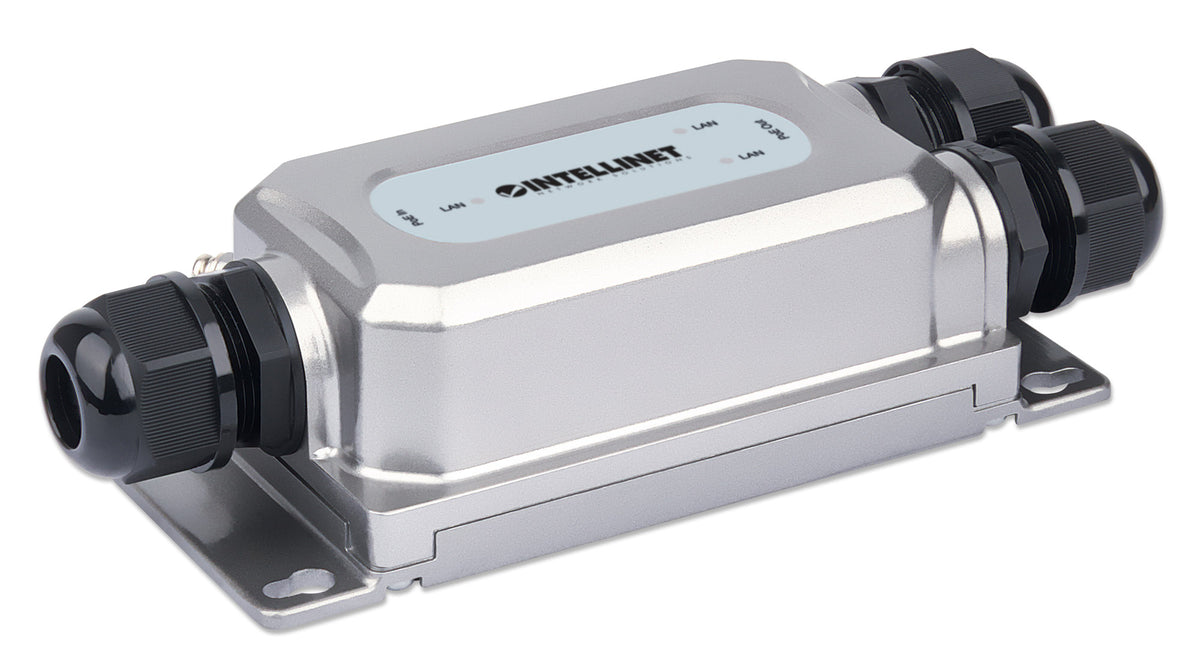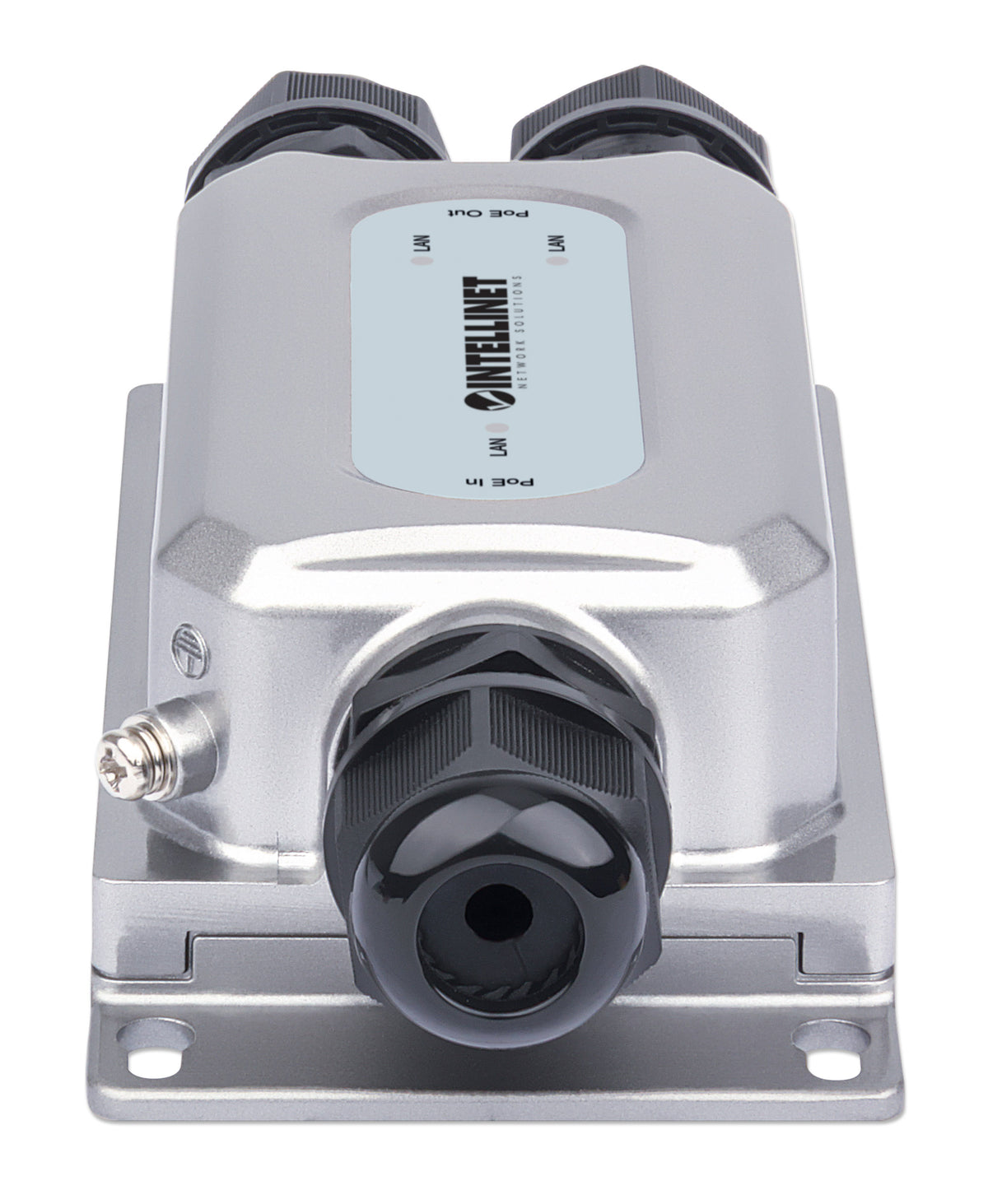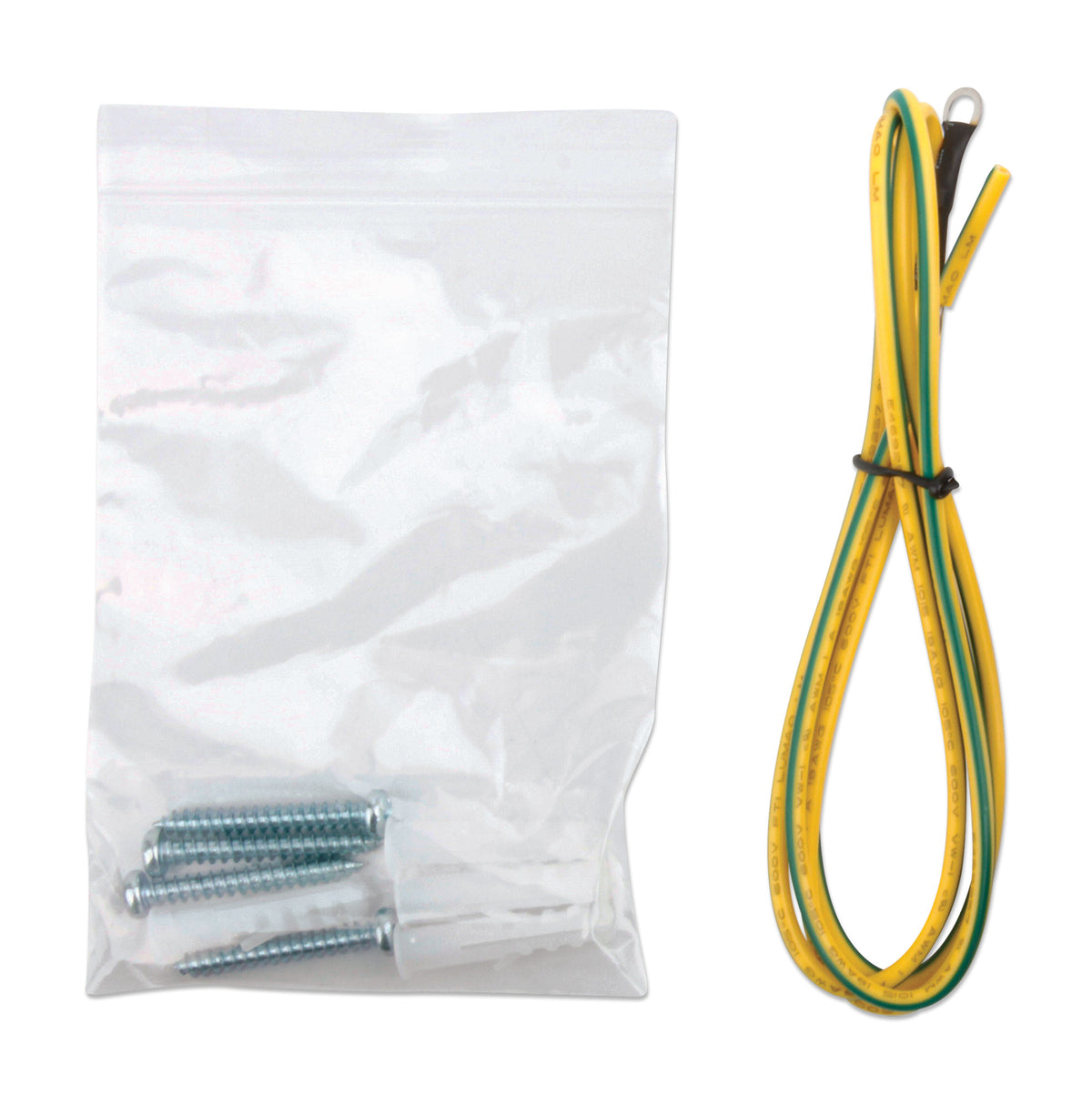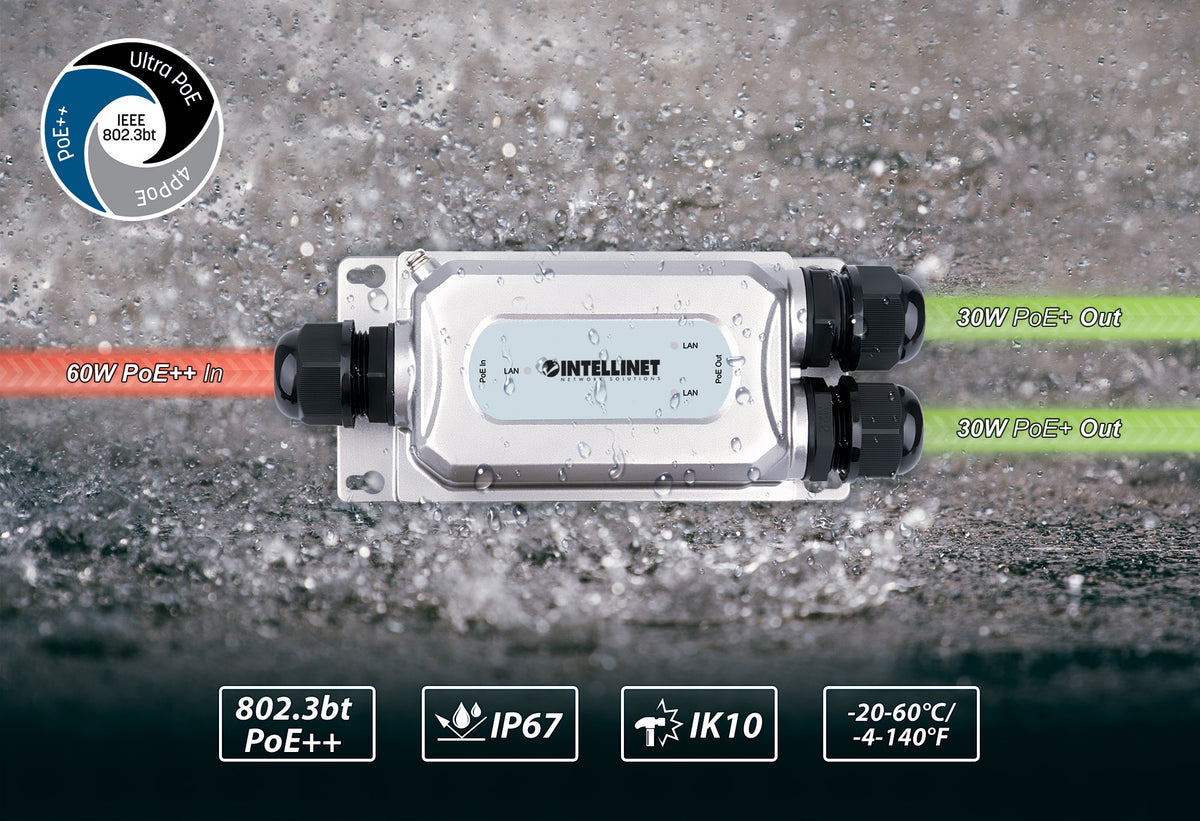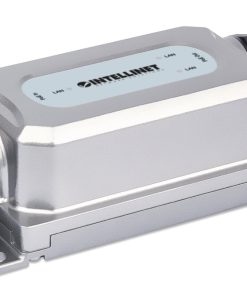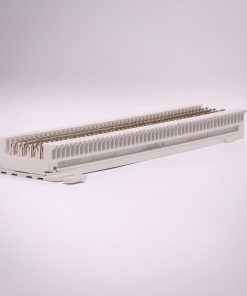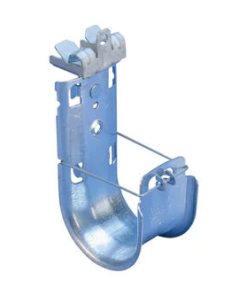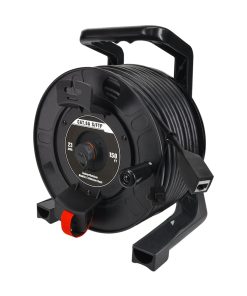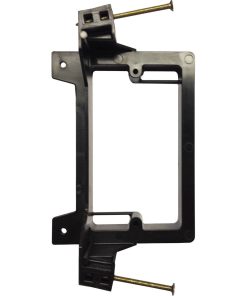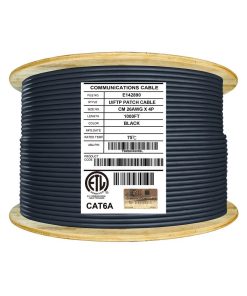Intellinet 2-Port Outdoor Vandalproof Gigabit PoE++ Extender, 561648 Intellinet Network Solutions
$ 131,99 $ 52,80
Intellinet 2-Port Outdoor Vandalproof Gigabit PoE++ Extender
Two 30 W Ports, Extends PoE up to 100 m (328 ft.), 60 W Power Budget, IEEE 802.3bt (4PPoE) Compliant, IP67 Waterproof, IK10-rated, Metal Housing
This PoE++ Extender doubles the range of two Gigabit Power over Ethernet connections — even in harsh outdoor conditions
The Intellinet Network Solutions 2-Port Outdoor Vandalproof Gigabit Ultra PoE Extender adds up to 100 m (328 ft.) to the connection distance from a PoE source to one or two output devices via Cat5e or Cat6 cable. This PoE++ (4PPoE) extender does not need an additional power supply since it draws its power from the PoE input.
Designed for Outdoor Use
This PoE++ extender is the right power and data connector for its suitability to a wide variety of environments. Its weatherproof IP67 (waterproof and dustproof) rating, vast operating temperature range of -20 – 60°C (-4 – 140°F) and vandal-proof IK10 score make the Intellinet Network Solutions 2-Port Outdoor Vandalproof Gigabit Ultra PoE Extender able to withstand harsh conditions.
Reduced Wring Costs
This Ultra PoE Extender helps avoid the expense of running AC power lines for a wireless access point, network camera, IP phone, or other compatible device. Simply connect the PoE Extender to the LAN switch port through existing Cat5e/6/6a cables to deliver DC power as well as transfer data.
Power over Ethernet 802.3bt Compliant
This Ultra PoE Extender supports the IEEE 802.3bt protocol over four pairs (4PPoE), which allows for a power input of 95 W. It forwards data at Gigabit speeds and offers up to 30 watts per port to a connected IEEE 802.3at- or IEEE 802.3af-compliant device. The cable length on both ends can be up to 100 meters (328 ft.), bringing the total distance between PoE source and device to 200 m (656 ft.).
Simple Installation
This PoE Extender was designed to be as easy as possible to set up and use. All it takes to have it up and running is to connect its PoE In port to your PoE injector or PoE switch and to connect the PoE Out ports to the PoE devices you want to connect (e.g., a VoIP phone and a PoE network camera).
Fast Shipping with Professional Packaging
We have a range of shipping options thanks to our long-term partnership with UPS FedEx DHL. Our warehouse personnel will pack every item to our exacting specifications. Prior to shipping your items will be thoroughly examined and secured. We ship to thousands of customers every day in different countries. Our commitment to become the largest online retailer around the globe is evident by this. Both Europe and the USA have distribution and warehouse centers.
Note: Orders that include more than one item will be assigned a processing date depending on the item.
Prior to shipping the items, our staff will carry out an exhaustive inspection of the products you ordered. The majority of orders are delivered within 48 hrs. Expected delivery times are between 3-7 days.
Returns
Stock is dynamic, and cannot be fully controlled by us because of the involvement of many different parties, such as the factory and our warehouse. Stocks can be changed at any moment. It's possible that the stocks could be depleted after your order has been placed.
Our policy is valid for 30 days. If you haven't received your product within 30 days, we're not able to issue either a return or exchange.
The item should not be used, and it must be in its original condition. It should also be in the original packaging.
Related products
Networking
Networking
150FT CAT6A S/FTP Indoor/Outdoor Retractable Ethernet Network Cable Mobile Extension Reel FireFold
Networking
Home Theater
Arlington Nail On Low Voltage Mounting Bracket for New Construction Arlington Industries
Bulk Cable
ABA Elite Cat8 Shielded Riser (CMR) – 40Gb, 22AWG, 2000MHz, S/FTP, Solid, 1000ft Spool ABA Elite
